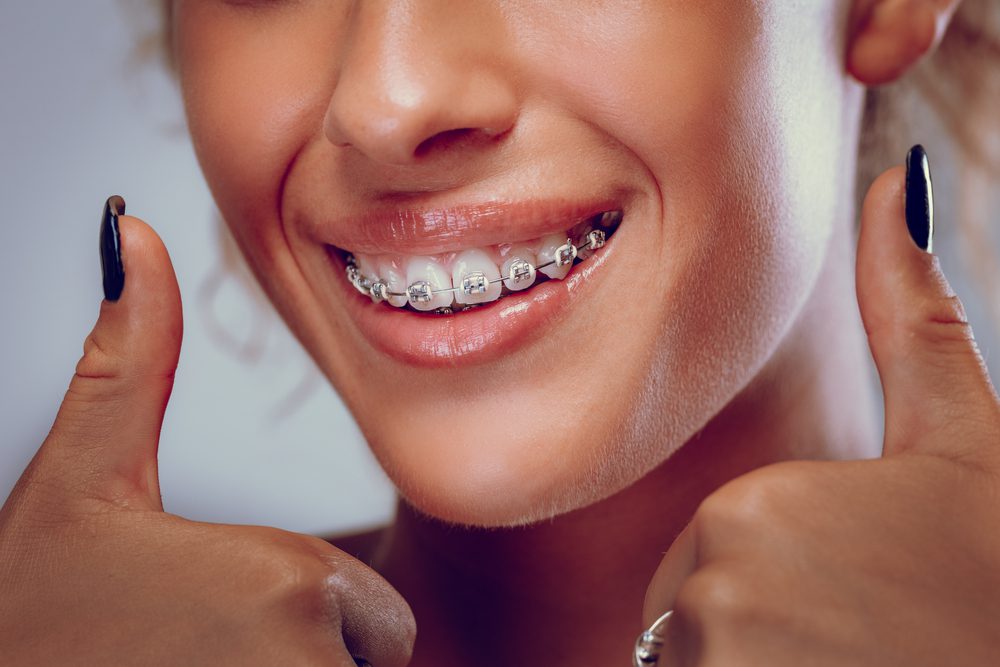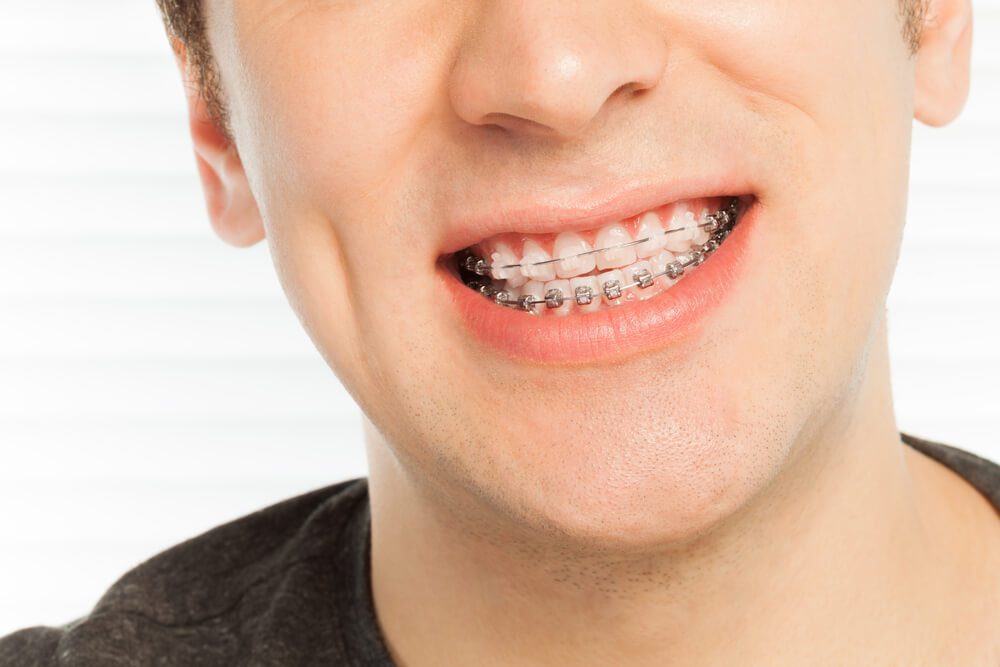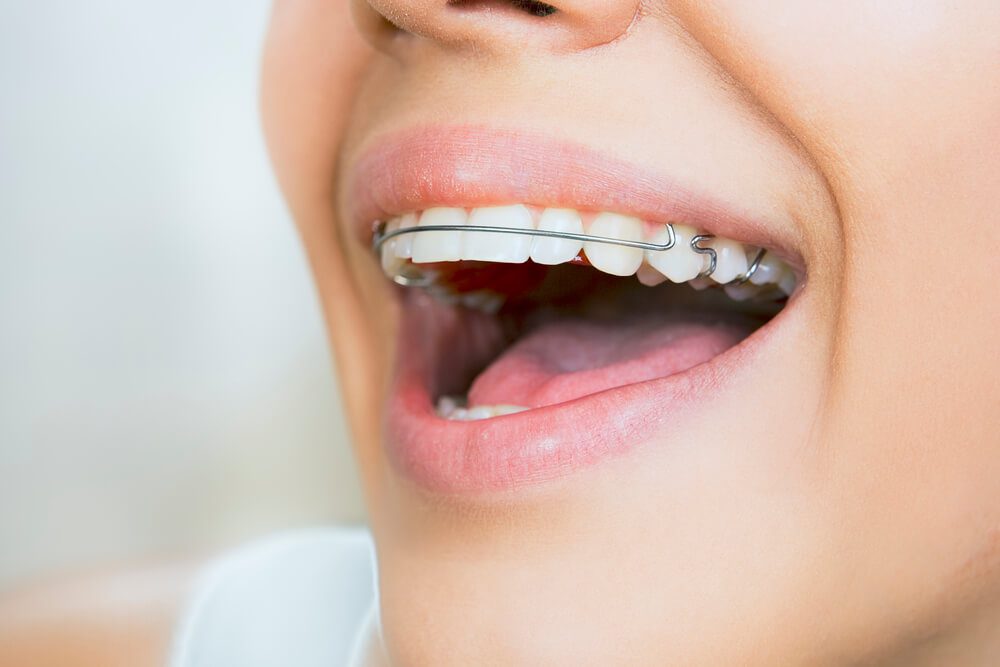Posted on August 14, 2023

Do you or a loved one need orthodontic treatment, but feel overwhelmed by all the different appliances available?
It’s important to understand the different types of orthodontic appliances and how they work to make an informed decision about what’s right for your teeth.
Orthodontics is the branch of dentistry that focuses on the diagnosis, prevention, and treatment of dental and facial irregularities. Orthodontic appliances have come a long way from traditional metal braces, and there are now several options available to straighten teeth and improve bite alignment.
Each type of orthodontic appliance has its unique advantages and disadvantages, and it’s crucial to understand how they work to choose the best option for your specific needs.
In this post, we’ll explore the different types of orthodontic appliances available and how they can help you achieve a healthy, straight smile.
Orthodontic appliances such as braces and aligners play a critical role in correcting teeth and jaw misalignment, which can cause a range of issues from improper bite to difficulty speaking and eating.
These appliances work by applying gentle pressure to the teeth and jaw, gradually shifting them into the correct position over time.
While the aesthetic benefits of straighter teeth are often the main focus, the functional improvements that come with proper alignment should not be overlooked.
Orthodontic treatment can improve overall oral health, reduce the likelihood of dental problems in the future, and even positively impact overall physical health by improving breathing and digestion.
Have you ever wondered how orthodontists straighten teeth and fix bite issues? They do it with the help of orthodontic appliances. These are devices that are placed inside or outside the mouth to help move teeth into their proper position.
 Traditional braces consist of brackets, archwires, and elastic bands. The brackets are attached to each tooth and the archwire is threaded through them.
Traditional braces consist of brackets, archwires, and elastic bands. The brackets are attached to each tooth and the archwire is threaded through them.
The elastic bands help to adjust the tension on the wire. Braces are one of the most common types of orthodontic appliances and are very effective in straightening teeth.
These clear, removable trays are custom-made to fit over your teeth and guide them into their desired positions over time. Clear aligners are popular for their discreet appearance as they are virtually invisible when worn.
They also provide more flexibility as they can be removed for eating, brushing, and flossing. However, they may not be suitable for everyone and it’s important to consult with an orthodontist to determine the best treatment option for your specific needs.
Lingual braces are similar to traditional braces but they are placed on the backside of the teeth instead of the front. This makes them almost invisible from the front. Lingual braces are more difficult to clean and maintain than front-facing braces.
Self-ligating braces are a type of orthodontic appliance that uses a clip or bracket to hold the archwire in place instead of elastics or ties. This makes them more comfortable and easier to maintain than traditional braces.
Self-ligating braces also have the advantage of requiring fewer adjustments, which means fewer trips to the orthodontist. Likewise, because they exert less pressure on the teeth, they may also result in faster treatment times.
While self-ligating braces are not suitable for all orthodontic cases, they can be a great option for patients looking for a more subtle and convenient orthodontic treatment.
Palatal expanders are used to widen the upper jaw when it is too narrow to accommodate all of the teeth. It is a small device that is placed inside the mouth and is adjusted over time to gradually widen the jaw.
Headgear is a removable appliance that is attached to braces. It is used to correct bite issues and to move teeth into their proper position. Headgear is usually worn for a few hours each day or while sleeping.
 Retainers are used after orthodontic treatment to help maintain the new position of the teeth. They can be either removable or fixed in place. Retainers are usually worn for several months to a few years following orthodontic treatment.
Retainers are used after orthodontic treatment to help maintain the new position of the teeth. They can be either removable or fixed in place. Retainers are usually worn for several months to a few years following orthodontic treatment.
Functional appliances are a type of orthodontic appliance used to correct jaw and bite issues. They work by using the natural forces of the mouth to guide the jaw into the correct position.
Functional appliances are typically worn for a certain number of hours each day and can take several months to achieve the desired effect.
They are often used in cases of overbite, underbite, or crossbite. Functional appliances can be fixed or removable and are customized for each patient’s individual needs.
It is important to consult with an orthodontist to determine the best treatment plan for your specific case.
When it comes to orthodontic appliances, there are a variety of options available. One such option is space maintainers, which are designed to help preserve or create room for permanent teeth to come in.
Space maintainers are typically used for children who have lost their baby teeth prematurely, as this can cause the remaining teeth to shift and cause issues with tooth alignment.
These appliances come in several different types, including removable and fixed options, and can be customized to fit the specific needs of each patient. Overall, space maintainers are an important tool in the field of orthodontics, helping to ensure healthy and properly aligned teeth for children as they grow.
Consulting with an orthodontist for personalized appliance recommendations is crucial as everyone’s orthodontic needs are unique. An orthodontist is a specialized dentist who has completed additional training to diagnose and treat misaligned teeth and jaw conditions.
During a consultation, the orthodontist will assess your oral health and determine the best treatment options for your individual needs. They may recommend traditional braces, clear aligners, or other appliances based on the severity of your case.
For personalized appliance recommendations tailored to your orthodontic needs, consult with Smilebliss. Our team of skilled orthodontists is dedicated to providing individualized treatment plans to help you achieve a healthy and beautiful smile.
Through a thorough assessment of your oral health, Smilebliss will recommend the most suitable appliance options, whether it’s traditional braces, clear aligners, or other innovative solutions.
Take the first step towards your orthodontic journey by scheduling a consultation with Smilebliss today. Your smile deserves the best care!